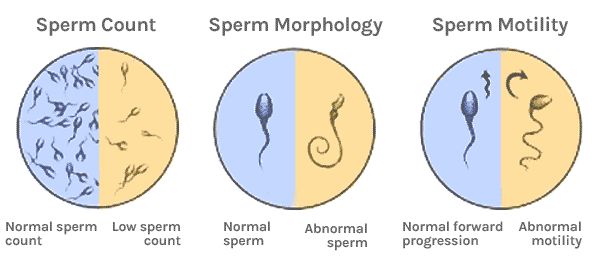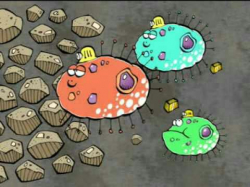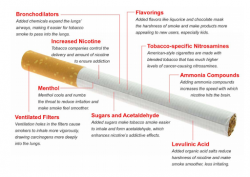
4 weeks ago •

*What are main compositions of Semen?
Semen, also called seminal fluid, fluid that is emitted from the male reproductive tract and that contains sperm cells, which are capable of fertilizing the female eggs. Semen also contains other liquids, known as seminal plasma, which help to keep the sperm cells viable.
In the sexually mature human male, sperm cells are produced by the testes (singular, testis); they constitute only about 2 to 5 percent of the total semen volume. As sperm travel through the male reproductive tract, they are bathed in fluids produced and secreted by the various tubules and glands of the reproductive system. After emerging from the testes, sperm are stored in the epididymis, in which secretions of potassium, sodium, and glycerylphosphorylcholine (an energy source for sperm) are contributed to the sperm cells. Sperm mature in the epididymis. They then pass through a long tube, called the ductus deferens, or vas deferens, to another storage area, the ampulla. The ampulla secretes a yellowish fluid, ergothioneine, a substance that reduces (removes oxygen from) chemical compounds, and the ampulla also secretes fructose, a sugar that nourishes the sperm. During the process of ejaculation, liquids from the prostate gland and seminal vesicles are added, which help dilute the concentration of sperm and provide a suitable environment for them. Fluids contributed by the seminal vesicles are approximately 60 percent of the total semen volume; these fluids contain fructose, amino acids, citric acid, phosphorus, potassium, and hormones known as prostaglandins. The prostate gland contributes about 30 percent of the seminal fluid; the constituents of its secretions are mainly citric acid, acid phosphatase, calcium, sodium, zinc, potassium, protein-splitting enzymes, and fibrolysin (an enzyme that reduces blood and tissue fibres). A small amount of fluid is secreted by the bulbourethral and urethral glands; this is a thick, clear, lubricating protein commonly known as mucus.
Essential to sperm motility (self-movement) are small quantities of potassium and magnesium, the presence of adequate amounts of oxygen in the plasma, proper temperature, and a slightly alkaline pH of 7 to 7.5. Sulfate chemicals in semen help prevent the sperm cells from swelling; and fructose is the main nutrient to sperm cells.
Related content

Kami adalah sekumpulan pegiat IT Selengkapnya tentang kami ada di website ini selamat berselancar.!! #pegiat_IT
2 weeks ago

Why is Greece first in the Olympic parade? Traditionally (starting at the 1928 Summer Olympics), Greece enters first, because of its historical...
just now

What is bio-mining ? Biomining is a technique of extracting metals from ores and other solid materials typically using prokaryotes or fungi. Th...
just now

What is purpose of Filter in Cigarettes ? A cigarette filter has the purpose of reducing the amount of smoke, tar, and fine particles inhal...
just now

What is GI Tag? Geographical indication (GI) refers to any indication that identifies the goods as originating from a particular place, where ...
just now